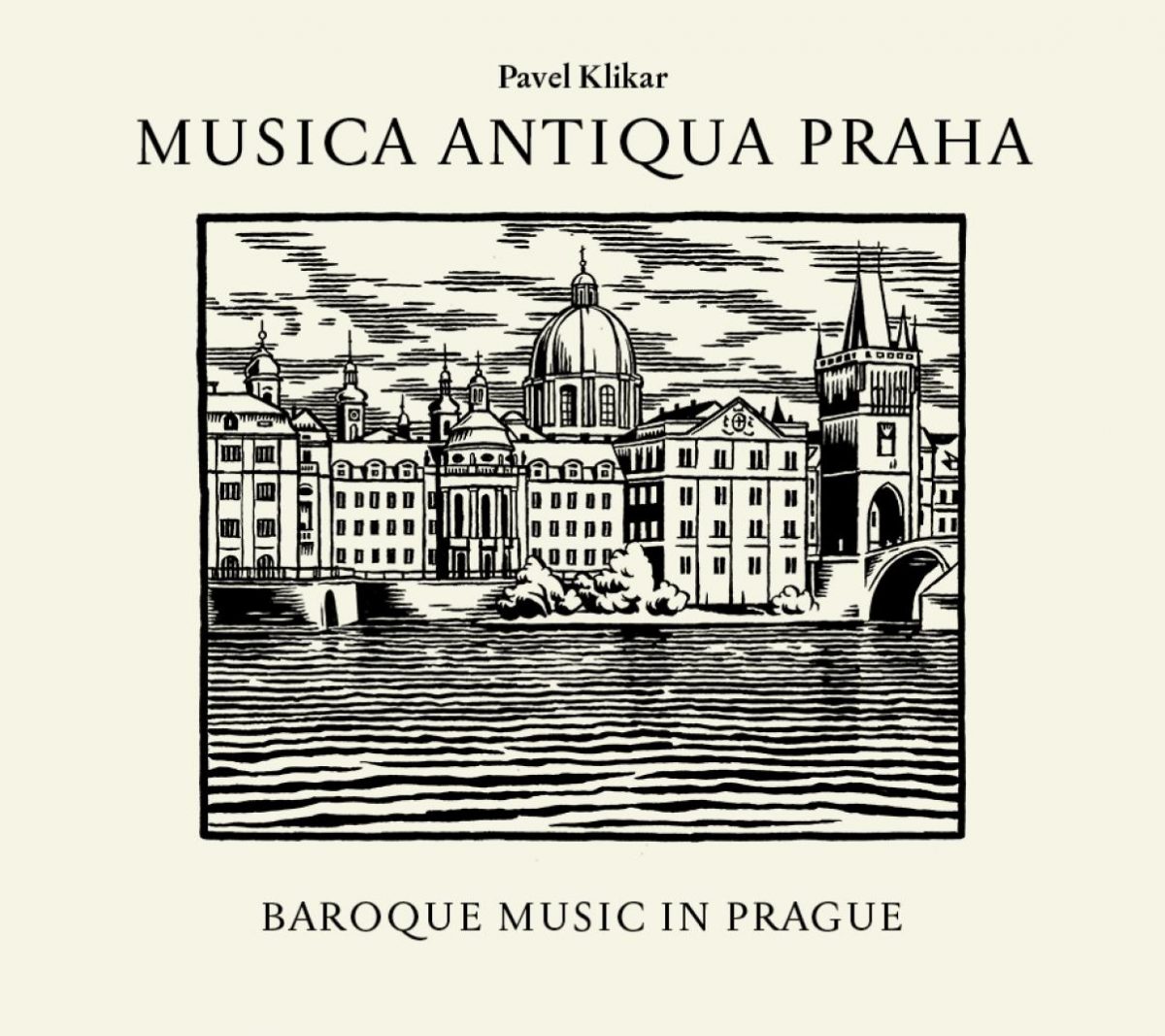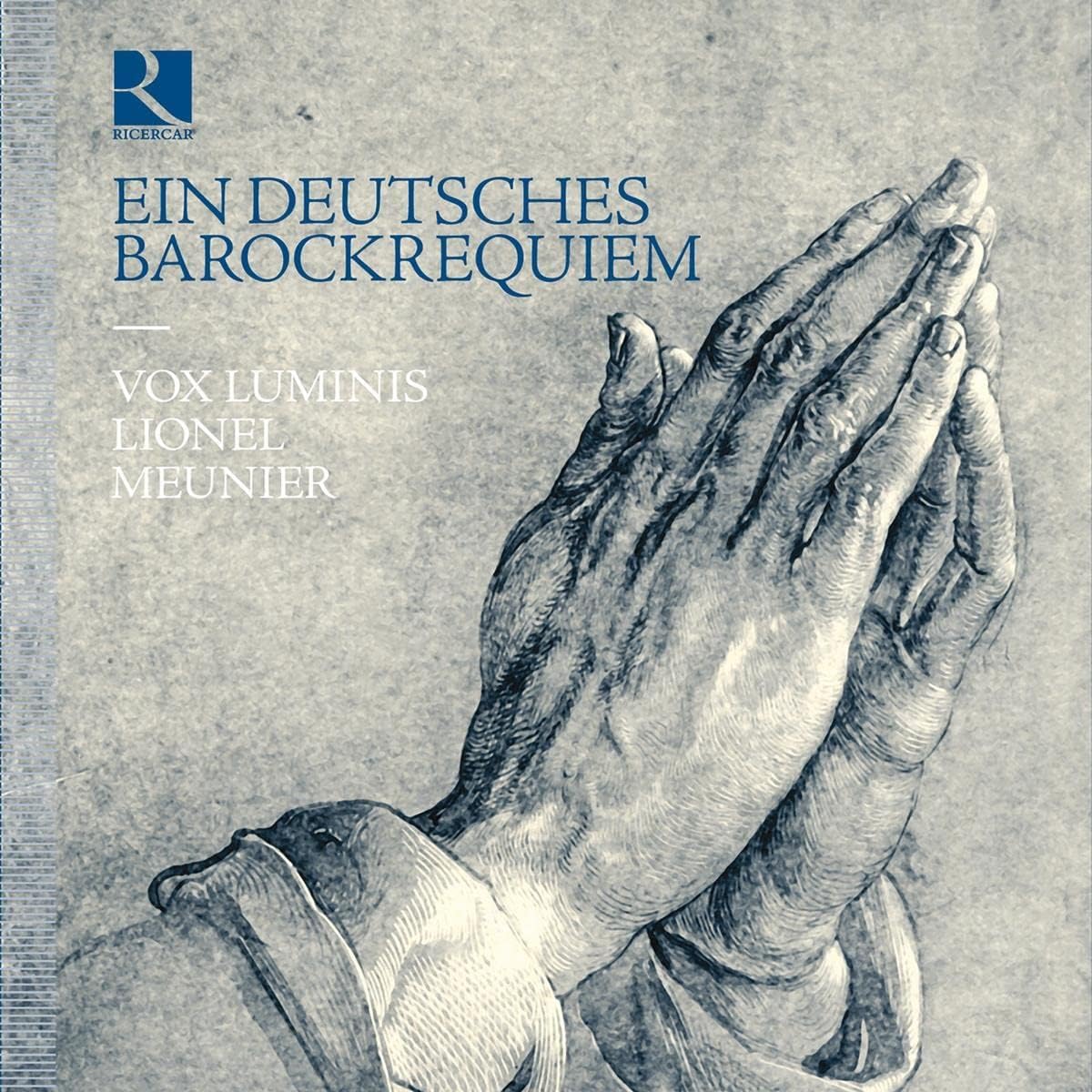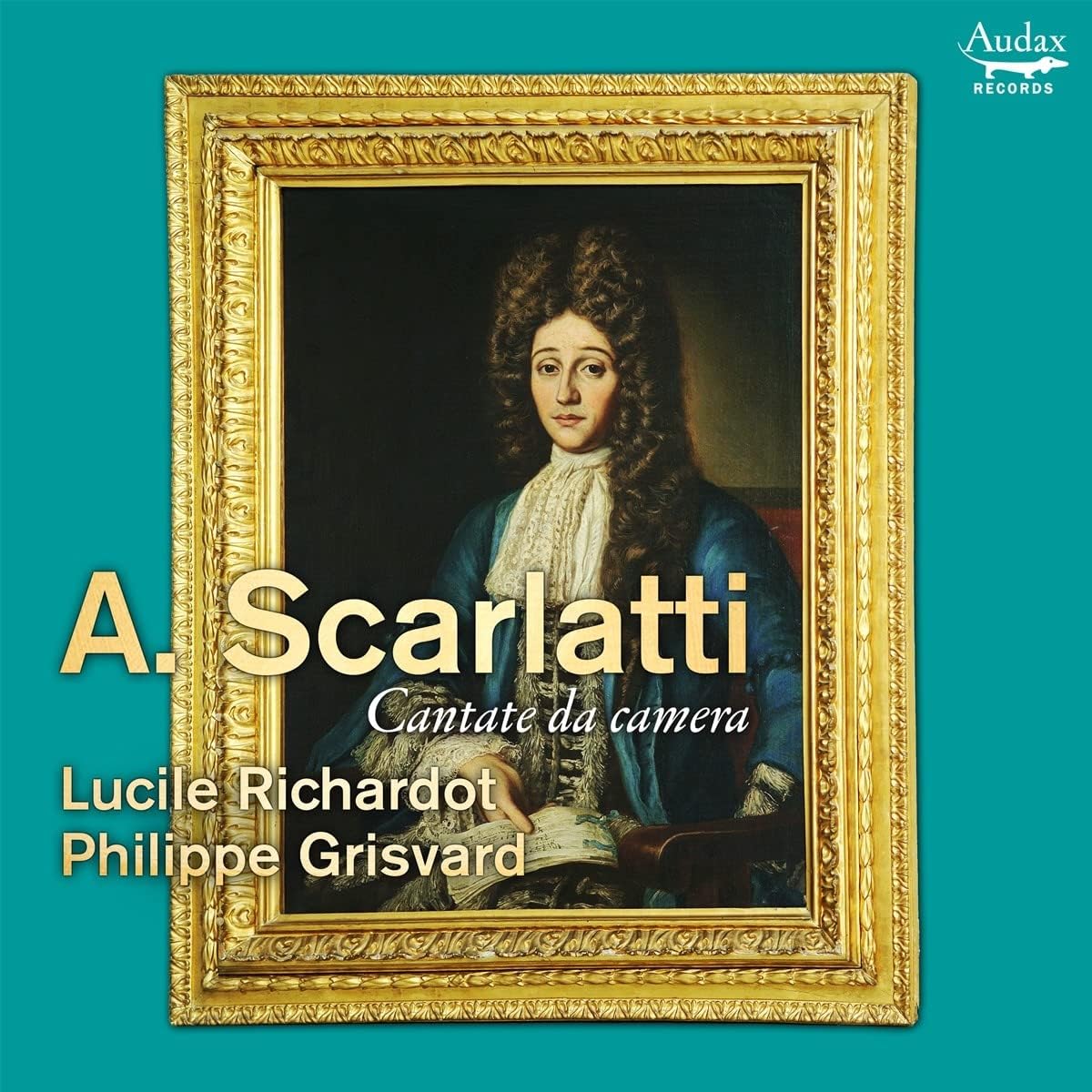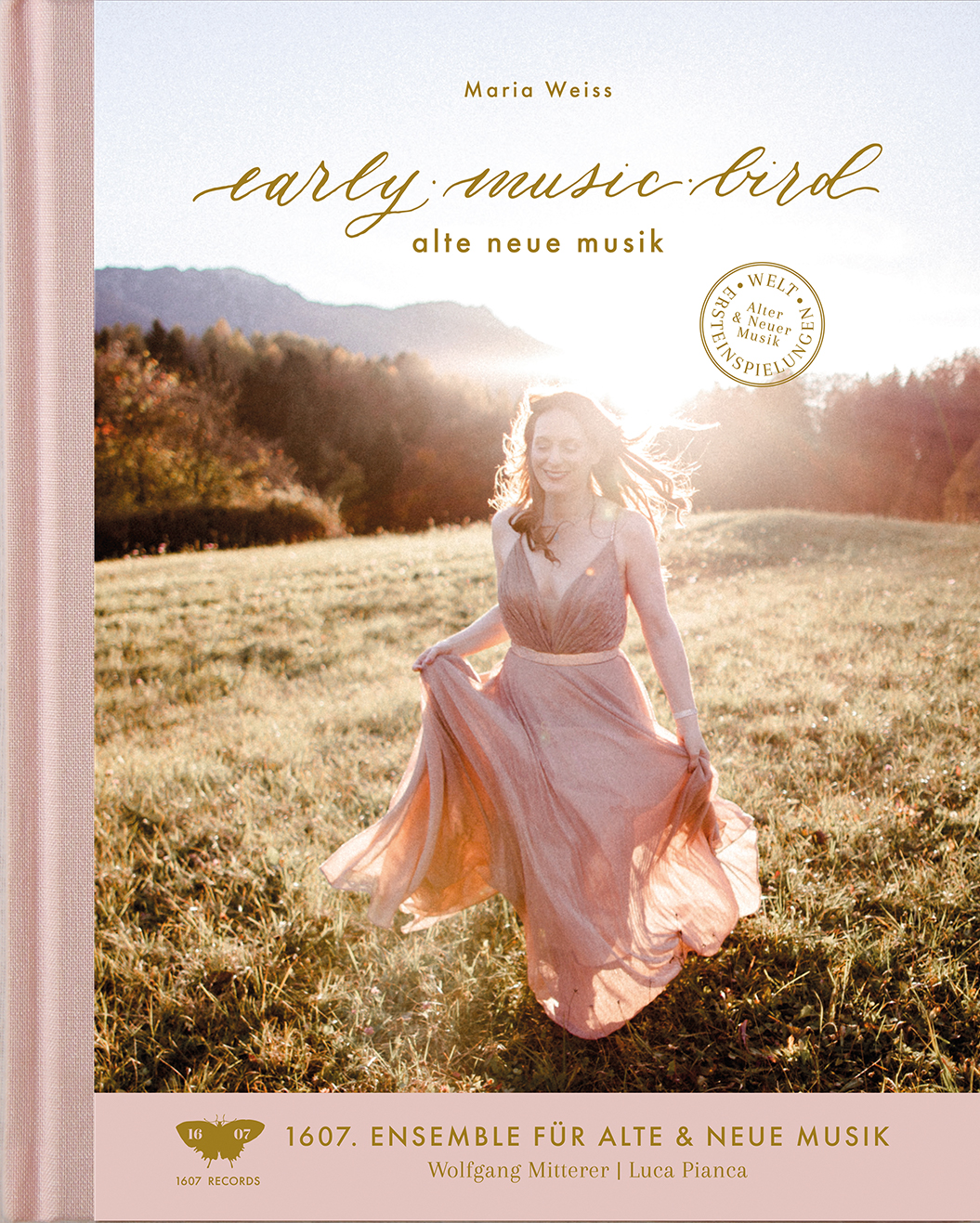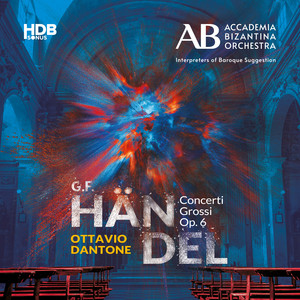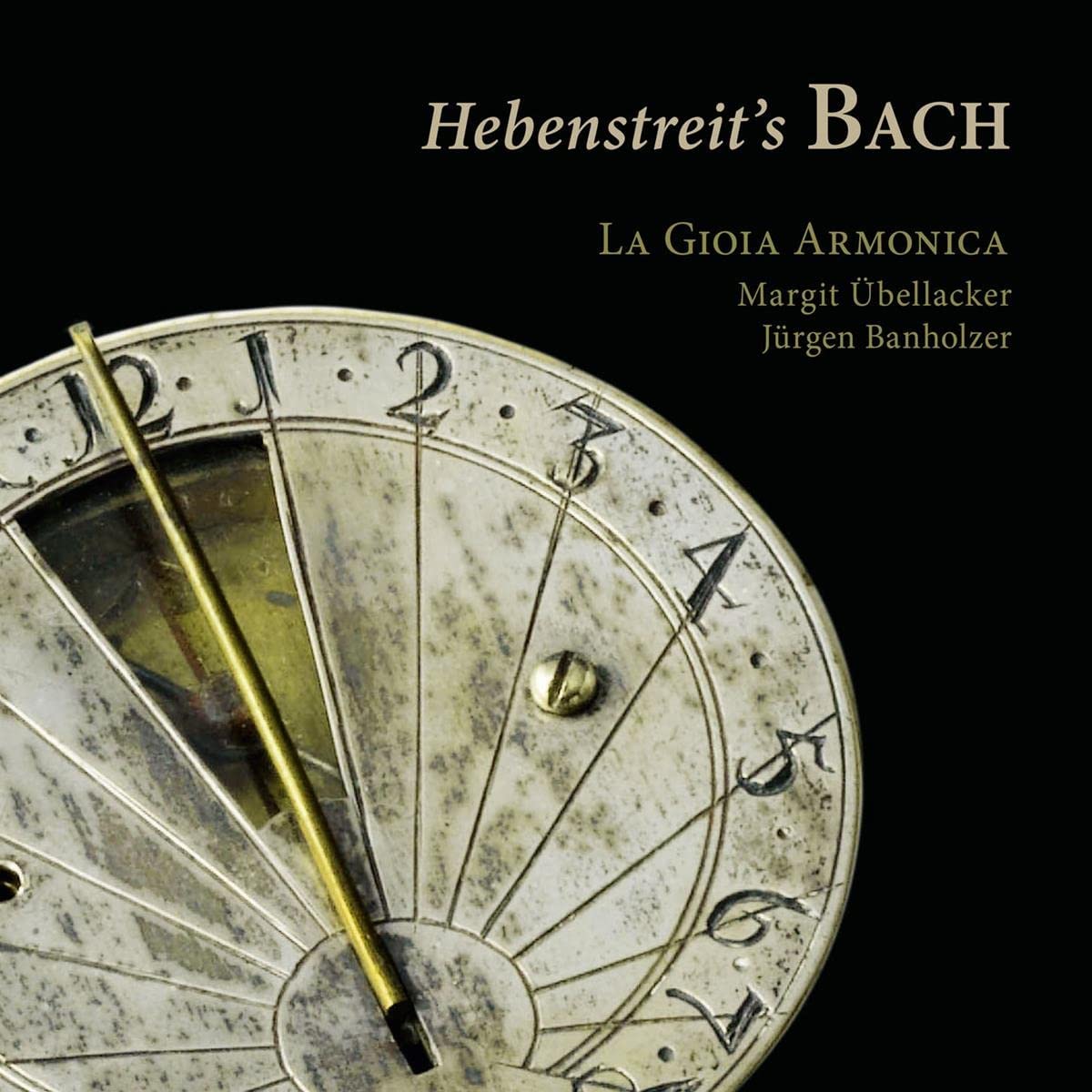Musica Antiqua Praha, Pavel Klikar
57:00
Animal Music ANI 108-2
When the record company got in touch about this recording, I was simultaneously intrigued and delighted; thirty years ago, a German friend invited me to join her on a trip to Prague, and one of the many exciting things we did was attend a concert in the beautifully restored Waldstein Palace (apologies to Czech readers for giving its name in translation!) by a group I’d never heard of, Musica Antiqua Praha. I was so impressed by the recital (including music by Grandi and Rovetta – and possibly the first time I’d ever encountered sonatas by Bertali!) that I bought the CDs that were available and later reached out to their director, Pavel Klikar, who kindly sent two more and one by his “other group” (the Original Prague Syncopation Orchestra!) Later, he also shared copies of his transcriptions as well as plans for future recordings which included, after a wonderful CD of previously unrecorded music by one of my favourite composers, Giovanni Legrenzi, and others devoted to Rigatti and Grandi (who are also on that list!) Just as suddenly as it had begun, the correspondence dried up and I haven’t heard anything for (or about) the group since. Until now!
This new disc of music from the archive of the Monastery of the Order of the Knights of the Cross with a Red Star (it’s even more of a mouthful in Czech!) is – like its predecessors – an absolute delight. Six vocal pieces and one instrumental sonata by composers who scarcely make it into the “also ran” category, all of them beautifully shaped and carefully crafted. The sessions may have been recorded in May 1996 but the sound is as crisp and bright as if they’d taken place yesterday. The booklet notes give insight into the history and activities of the Order, and describe each of the pieces with a brief biographical sketch of the four composers: Johann Caspar Ferdinand Fischer, Ferdinand Tobias Richter, Georg Reutter (the Older) and Benedikt Anton Aufschnaiter. Each of the pieces is cast in the familiar patchwork style with solos accompanied by strings, voices engaging in melodic duos and trios, and beautifully flowing contrapuntal Amens and Alleluias. The singing (as it always was with this group) combines lustre and clarity with warmth when required, and the playing complements it perfectly. A second note pays tribute to Klikar and the pivotal part that he played in putting Czech musicians at the forefront of the Early Music revival, and notes that the remarkable sound quality of these recordings is down to his decision to use only two well-placed microphones.
This beautiful disc filled me with joy (despite not understanding the Latin texts), tinged with a little sadness that there are no further tapes in the archive, so although the Grandi disc did appear, I’ll never hear their Rigatti performances.
If you’ve never heard of the group, I recommend you get hold of this and look for their other recordings (there is an absolutely beautiful Bohemian Christmas disc) – you won’t be sorry you did!
Brian Clark
